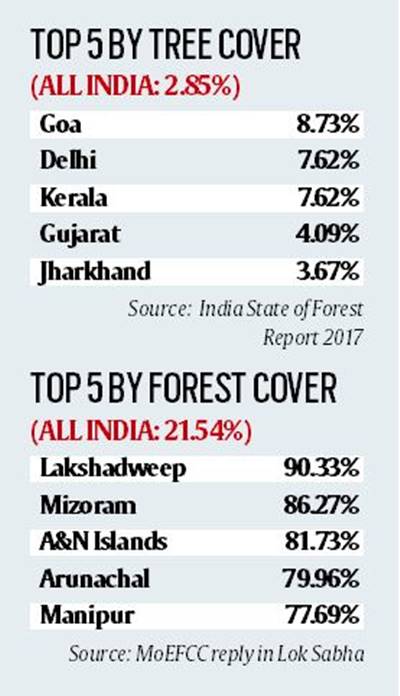900 319 0030
enquiry@shankarias.in
Scheme for Higher Education Youth in Apprenticeship and Skills
Sustainable Alternative towards Affordable Transportation (SATAT)
Tree cover and Forest Cover

Prompt Corrective Action (PCA) Framework
Arabian Desert
Feni
Source: PIB, The Hindu, Business Standard